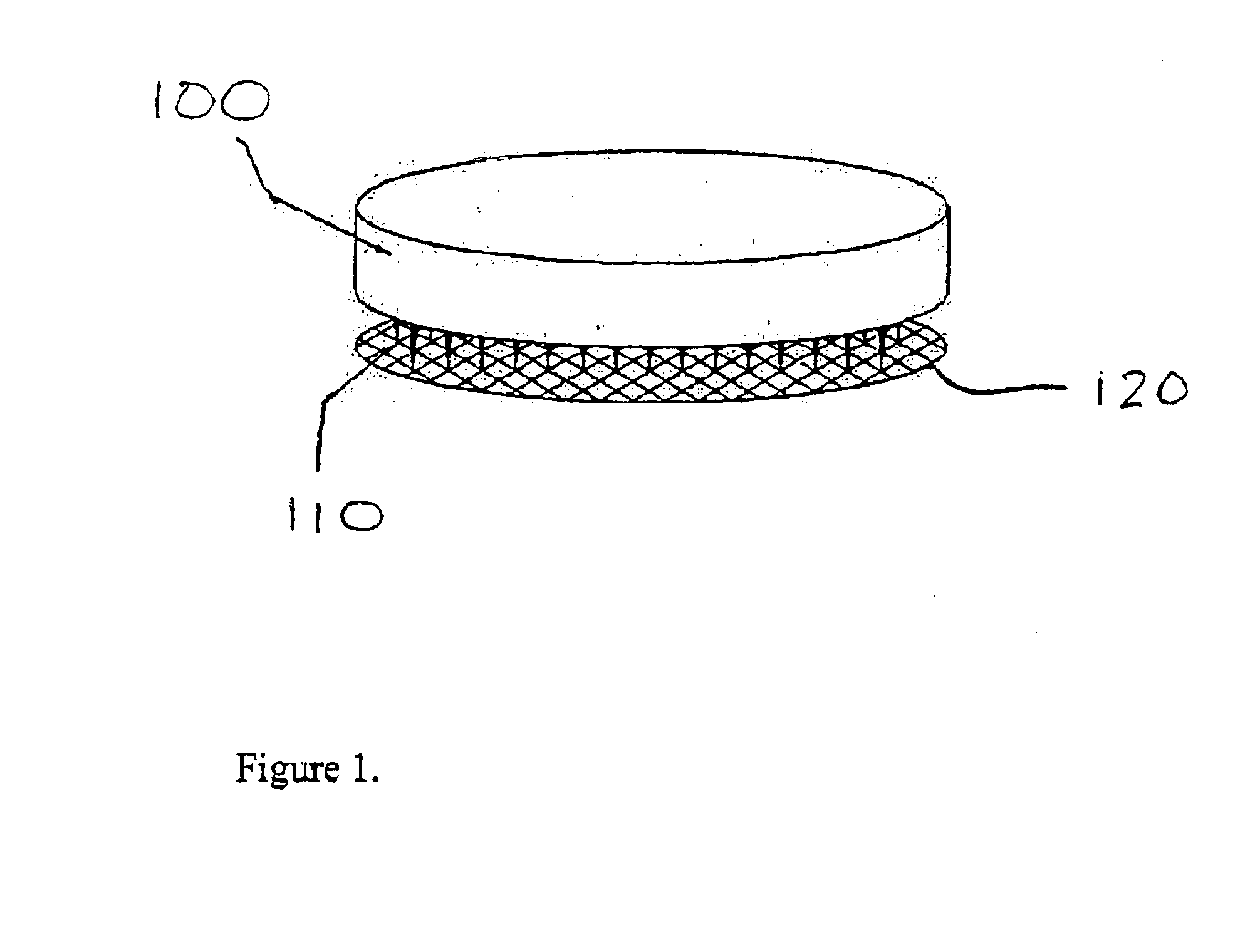Multi-beam multi-column electron beam inspection system
a multi-column electron beam and electron beam technology, applied in the direction of material analysis using wave/particle radiation, instruments, nuclear engineering, etc., can solve the problems of circuit failure, limited resolution, and becoming increasingly difficult to detect defects that are smaller than the wavelength of the measuring ligh
- Summary
- Abstract
- Description
- Claims
- Application Information
AI Technical Summary
Benefits of technology
Problems solved by technology
Method used
Image
Examples
Embodiment Construction
[0029]The invention disclosed herein is a high resolution electron beam wafer defect inspection tool that utilizes a multiple column, multiple source assembly to achieve wafer inspection at high throughput (suitable for in-line use in a semiconductor fabrication facility). The multiple columns allow for high throughput wafer inspection (up to several wafers per hour), and the multiple sources allow for both source redundancy, which will significantly decrease tool downtime and reduce service costs, and allow for more than one beam per column for advanced imaging. The tool is designed for the detection of defects for features with critical dimensions (CDs) in the range 25 nm-100 nm.
[0030]The electron beam inspection tool has multiple electron optical columns, each with its own electron source. There are no magnetic components in any of the columns—all of the focusing lenses and scanning deflectors are electrostatic. FIG. 1 shows a schematic of a multi-column assembly 100, positioned ...
PUM
 Login to View More
Login to View More Abstract
Description
Claims
Application Information
 Login to View More
Login to View More - R&D
- Intellectual Property
- Life Sciences
- Materials
- Tech Scout
- Unparalleled Data Quality
- Higher Quality Content
- 60% Fewer Hallucinations
Browse by: Latest US Patents, China's latest patents, Technical Efficacy Thesaurus, Application Domain, Technology Topic, Popular Technical Reports.
© 2025 PatSnap. All rights reserved.Legal|Privacy policy|Modern Slavery Act Transparency Statement|Sitemap|About US| Contact US: help@patsnap.com



